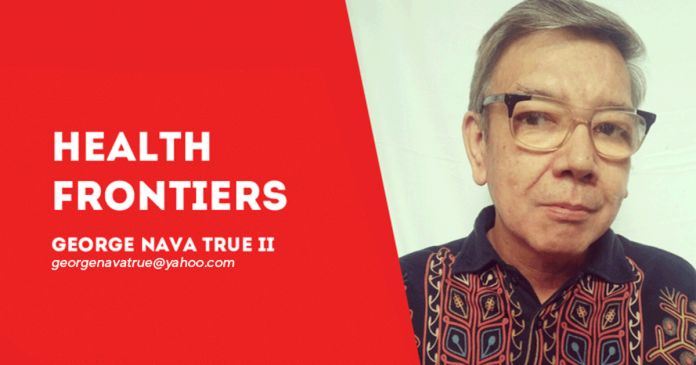
BY GEORGE NAVA TRUE II
THIS RARE, progressive disease is hard to diagnose and often has no clear cause, but it grows worse over time and can kill you. It’s called pulmonary arterial hypertension (PAH) and it usually affects women between the ages of 30 and 60.
PAH is one of 5 types of pulmonary hypertension, a general term that describes high blood pressure in the lungs. The World Health Organization calls it Group 1: PAH. In this condition, tiny arteries in the lungs become narrow, thick, or stiff. This increases blood pressure and the right side of the heart must work harder to pump blood through the lungs. After a while, the heart muscle becomes weak and this can lead to heart failure.
According to the National Organization for Rare Disorders (NORD), the first reported case of PAH occurred in 1891. At that time, German doctor E. Romberg described a patient who, at autopsy, had a thick pulmonary artery but no signs of heart or lung disease that might have caused the condition.
New cases yearly
Today, about 500 to 1,000 new cases of PAH are diagnosed yearly in the United States alone, according to NORD. In the Philippines, a study made by the Philippine Heart Center from 2009 to 2012 showed that 82 out of 104 patients had PAH. This was mostly seen in people between the ages of 20 and 40.
However, Dr. Ivan Villespin, president of the Philippine College of Chest Physicians (PCCP), said that the current prevalence of PAH in the county is unknown due to limited data.
Johnson & Johnson (J&J) Philippines Head of Medical Affairs Dr. Erwin Benedicto concurred with this, adding the company has set its sights in advancing PAH advocacy in the country. At present, J&J is working with the PCCP to increase awareness about this life-threatening disease that Villespin stressed is different from regular hypertension which also affects a lot of Filipinos.
Types of PAH
The Pulmonary Hypertension Association said there are several types of PAH. If no clear cause is found, the condition is called idiopathic PAH. The American Lung Association said about 15 to 20% of patients inherit the condition and this is known as Heritable PAH (HPAH) that is linked to genes.
In others, PAH is caused by congenital heart disease, congestive heart failure, liver disease, blood clots in the lungs, HIV, connective tissue diseases like scleroderma and lupus, and lung diseases such as chronic bronchitis and emphysema. Using illegal drugs like cocaine, methamphetamine, and certain diet pills can also cause PAH.
Symptoms of PAH may not be obvious at first, but the main one is shortness of breath when you’re active. This gets worse over time that you can’t do the things you normally do. Other symptoms include chest pain, fatigue, swelling of the ankles and legs, and fainting.
Misdiagnosed condition
Because the disease has a wide range of symptoms, Villespin said that PAH is usually misdiagnosed as other diseases like chronic obstructive pulmonary disease (COPD), heart disease, or asthma.
“It is important for us to take on a multi-disciplinary lens when it comes to diagnosing and treating PAH patients. We must work together across different fields of specialization to holistically care for them and move towards prevention rather than reactive treatment,” Villespin said.
If initial tests point to PAH, Villespin said the best way to be sure is to undergo right heart catheterization. In this safe procedure, the doctor places a thin catheter into a large artery in the neck or groin. The tube travels to the right side of the heart and records the pressures there and in the pulmonary arteries. To check if pulmonary arteries are stiff, the doctor may inject medicines into the catheter – a procedure known as a vasoreactivity test.
No cure
Unfortunately, there is no cure for PAH, but the right treatment can control symptoms and improve quality of life. Treatment varies from person to person and depends on what’s causing the condition.
In the past, patients who were correctly diagnosed died after two years. Now, most patients with PAH live from 7 to 10 years, and some live as long as 20 years, according to an article in the J$J website.
“Together with our local partners and stakeholders, we want to create a future where the disease becomes a thing of the past, and every Filipino will have access to the right resources and information to manage and overcome PAH symptoms. That is our promise,” Benedicto concluded.
***
National Press Club and Philippine Dental Association awardee George N. True II has written two bestsellers based on his popular column which has been running for almost 40 years. For questions about health, email georgenavatrue@yahoo.com./PN

